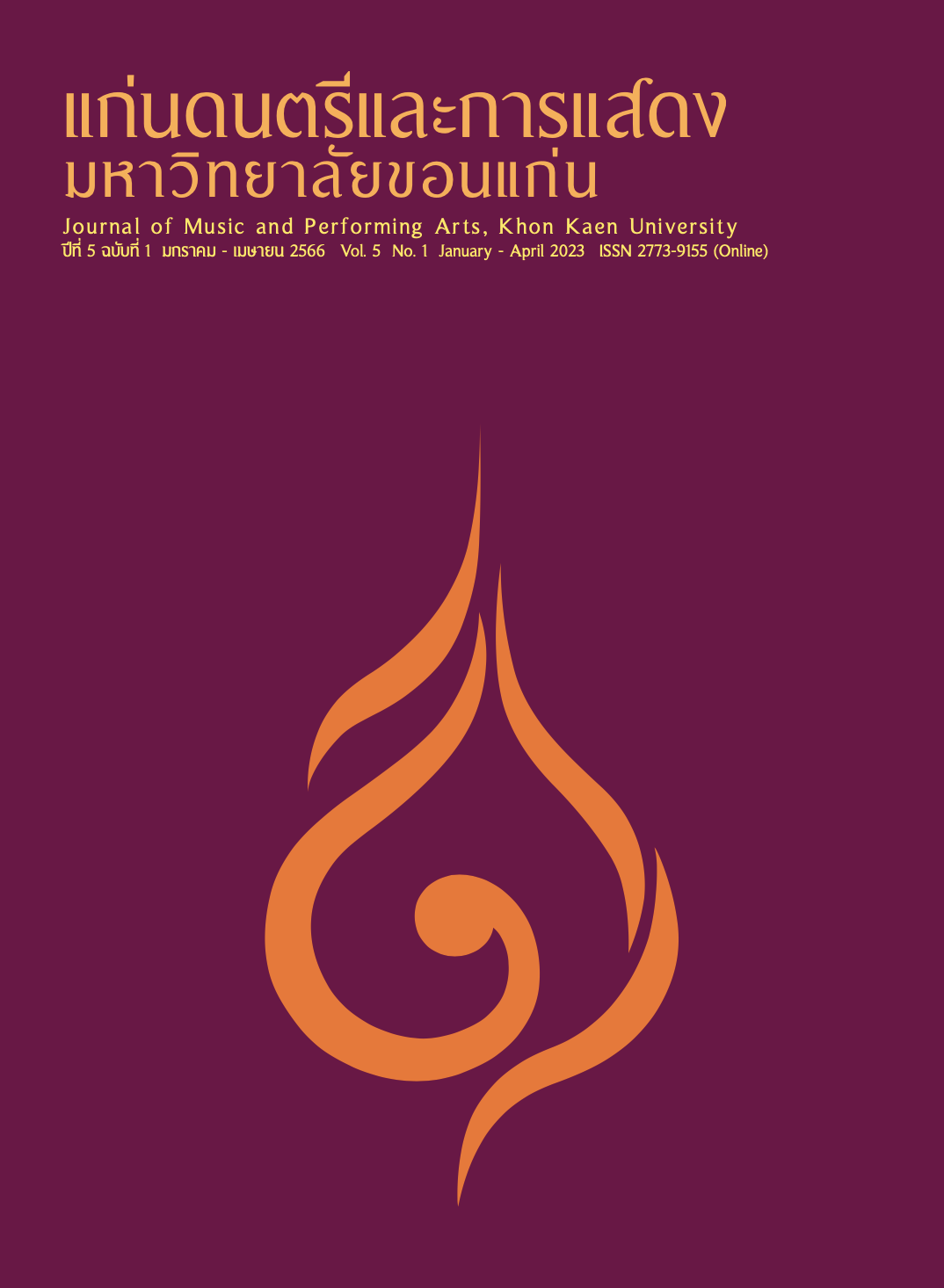The Direction of music activities after the COVID 19 situation
Keywords:
Direction, Music activities, Post-COVID-19 situationAbstract
From the study of the direction of music activities after the COVID-19 situation This article has studied the format of music activities before the COVID-19 situation. It's a fusion of performances that combine arts and culture to keep the attendees entertained. In the event there will be music. Many people attended the event. and there was chaos inside but amid the spread of the coronavirus, people are unable to attend live music performances. and the team behind the scenes Affected by this event, thus facing income uncertainty. Therefore, it was found that the impact of music activities during the COVID-19 situation Making music activities during the COVID-19 situation have to stop and some events have been canceled, causing music events to accelerate the adjustment of digital investment plans in full.
Applying technology as a tool to develop business operations. To be more prepared in the digital world So that businesses can recover and deal with the epidemic situation to return to business quickly. From the incident, the author studied the direction of music activities after the COVID-19 situation. From abroad, therefore, the directions for organizing music activities after the COVID-19situation are as follows: 1) Drive-In Concerts 2) Wearable Protection 3) Going Local 4) Spacing 5) Venues, and 6) Testing to be used to implement music events during the COVID-19 situation in Thailand.
Downloads
Published
Versions
- 2023-07-01 (3)
- 2023-05-01 (2)
- 2023-04-30 (1)





